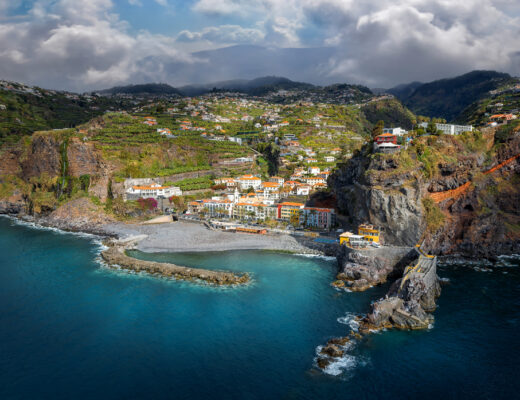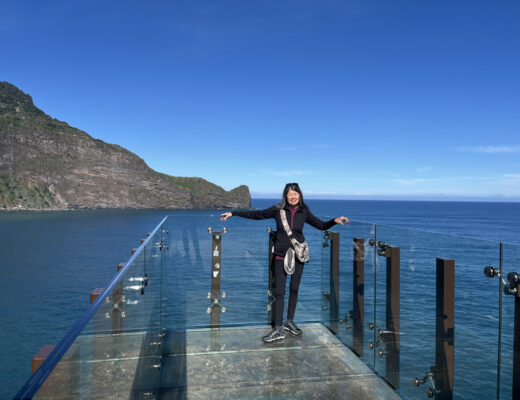In 2003, Scuba Diving magazine rep Steve Eisenberg approached me and asked for a couple of days of scuba diving from the dive shop I was operating in southern Belize. Since this included meeting and leading one of the worlds top underwater photographers, Stephen Frink, on the dive, I jumped at the opportunity. The dives were scheduled around the annual migration of Whale Sharks just outside Gladden Spit in Belize. Stephen and Steve arrived and we sat down to dinner and planned the days trip for the next day.
The next morning, we geared up and topped up all the tanks, loaded the gear onto the dive boat and headed off for Gladden Spit. As usual, when we arrived, the area was surrounded by many dive boats all after the elusive largest fish in the ocean.
The ride out had greeted us with a pod of dolphins that we stopped and swam with. Then we renewed our trip through the myriad of cayes on the way to the site. Cruising through dozens of cayes, every trip out to Gladden Spit was always an adventure. We would ride the winds behind the islands and speed up then back off as headed out of the protection into the wind. The shallows and depths of the inner lagoon clearly guiding our way through a wide variety of deep blues and shallow greens, scattered with small yellows patches marking off the sandy shallow areas.
Arriving at Gladden Spit, it was always amazing how many boats surrounded this very small migration area. I’ve counted 16 boats within a half mile radius. Even then, you can see perhaps a dozen others motoring towards you or patently waiting a turn, tucked in behind the barrier reef… waiting.
Since the dive begins in water over 100 feet deep, it’s really a hit or miss dive. There are fishermen pulling dozens of Cubera Snapper out of the water and shouting loudly. The whale shark migrates and swims over the spawning snapper below, so when a school of snapper is below a fisherman, chances are good a sighting is possible.
On this day, although we dove the site twice, the best we could do was find a large group of aggregating snapper at about 110 feet and two pods of dolphins but no whale sharks. We got some so-so photos of dolphins. I heard them before I saw them and when I turned around and snapped, this photo (above) was the best I got. Slightly dejected, we headed home.
We decided to take the long way outside the reef and head south past The Silk Cayes when Winston, our boat captain spotted some birds in the distance. Birds circle schools of fish, which are being rounded up by predators out in the ocean and is an excellent indicator of Whale Sharks turning up in those areas for an easy meal.
We powered up and made it to the site within minutes to find Whale Sharks!
Stephen was busy preparing his gear and I was off the back of the boat preparing to guide him in when a large dorsal fin broke the surface just under my foot. Besides Whale Sharks, there were at least three species of sharks feeding on the schooling herring and I backed out of the water for a split second to turn to Stephen and Said, “There’s a half-dozen different types of sharks down there” to which he replied something like “Cool” and jumped in.
That is why Stephen Frink is one of the best in the world. He was right in there.
I went in the water after him to make sure he was okay and it took all my energy to simply keep up with him, and he was carrying a camera.
Keeping up with schooling herring that are being herded by Whale Sharks, Reef Sharks and a few other species of sharks, keeps them moving pretty fast through the water. Faster than we could keep up with and after almost an hour or more of trying, of getting back in the boat to chase them then back in the water, we gave up and were satisfied that this was all we were going to find for the day. It was getting dusky and we should get back to shore before dark, so we got back on the boat and headed home for the day.
I doubt it was one of the better dives in Stephen Frinks career but it certainly was a highlight of my diving career.






No Comments